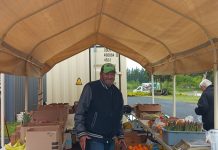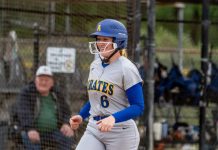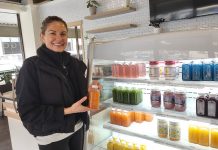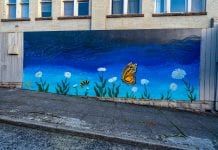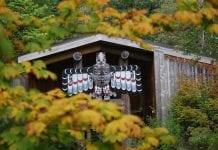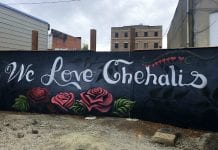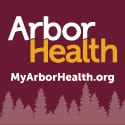The Veterans Memorial Museum in Chehalis has more than what meets the eye—and that’s really saying something, as there’s a whole lot for the eye to see. With over 27,000 artifacts spread out across the 22,000-square-foot museum, visitors should be prepared to be astounded.
The museum initially opened in 1997, first in a Centralia storefront, and then the current facility in Chehalis was built in 2005. With 85 display cases weaving around the 9,000 square-foot main gallery, there is awe and respect to be felt in every step as visitors make their way through the exhibits.
But let’s do the math: 22,000 square feet minus 9,000 square feet. Where is the rest? Of course, there’s the gift shop and the “USO,” where visitors can have a cup of coffee while chatting with veteran volunteers. And then there’s the storage for the thousands of artifacts not currently on display.

Chehalis Veterans Memorial Museum Artifacts
Those artifacts are much the responsibility of Ashlee Marlin, the museum’s full-time curator. Her degree in history and love of research lends itself well to the job. Before being hired, she spent her time as a volunteer as well. Beginning in 2020, she volunteered at the museum for a full year while also volunteering for the Clark County Historical Museum in Vancouver. She was hired at the Veterans Museum in 2021.
Executive Director Chip Duncan says that most of the donations these days are from community members. However, they also receive artifacts from other museums that are closing, and sometimes, unexpected items arrive in the mail from all over the country. And, of course, the volunteers bring items too.
Chip explains that veterans typically have mementos from their time in the service that they hang on to. However, after their death, it falls to the family to decide what to do with them. “Sometimes they don’t care for the stuff, but they don’t want to throw it away,” he says. Very often, the museum will be the recipient of a footlocker containing a wide assortment of items. “Including the bar of soap the veteran put in there in 1948,” he says with a smile.
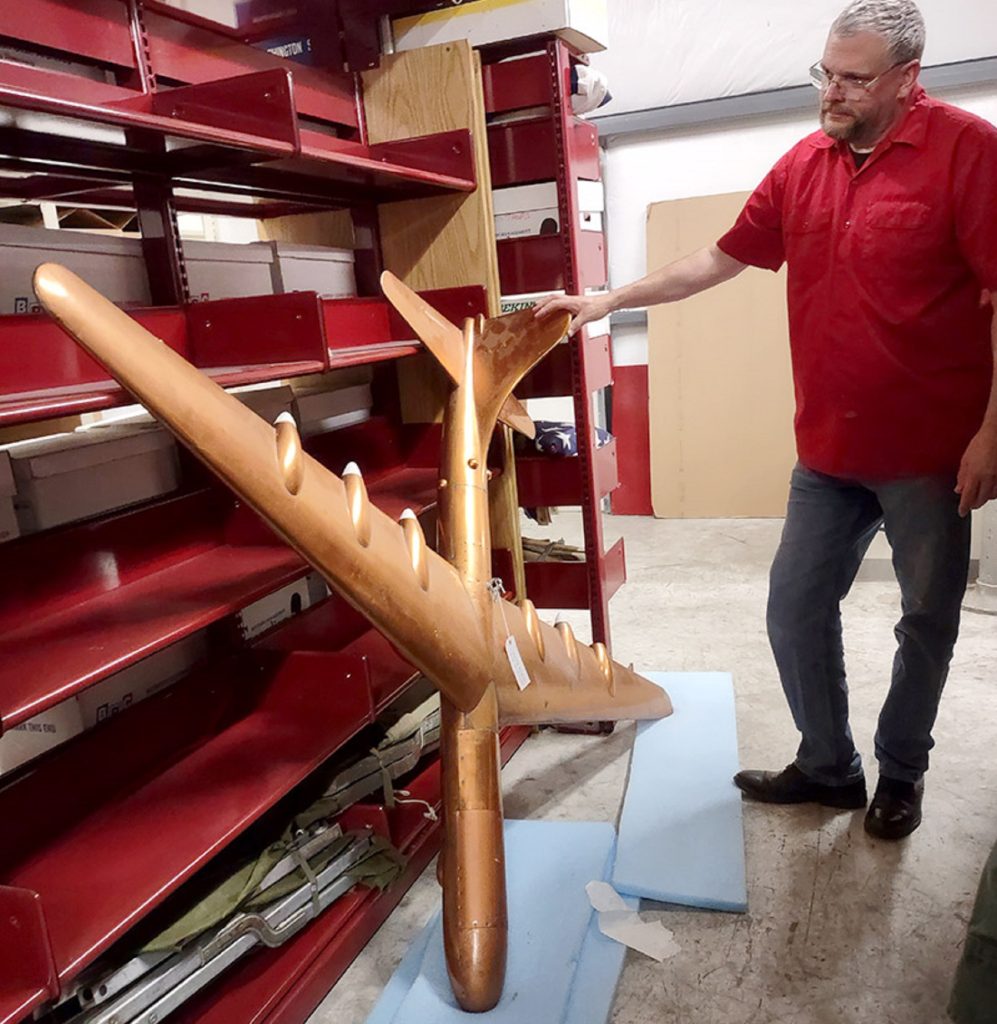
“Our mission is to try to preserve and tell the story of the individual veteran,” Chip says. “But once the veteran is gone, it’s hard to get that story.” That’s where Ashlee comes in. “Ashlee has an uncanny ability to research and gather information,” Chip says. “We’ll get in… let’s say a painted bomber jacket with just an initial in it,” he says as an example. He swears that Ashlee will return the next day with the name of the veteran who wore the jacket and all the details of the veteran’s service, right down to the dates. “That’s just how good Ash is,” Chip says.
Ashlee enjoys the research. “I feel like I learn something new from each veteran,” she says. “We just got in two Hitler radios. I had never seen them before.”
Chip explains that what are called “Hitler radios” are the radios that the Nazi government gave to the German citizens to have in their homes, but they were pre-set so that the only broadcasts the radio could pick up were the propaganda stations. After the war, people tried to remove the radios’ eagle and swastika, marking it as Nazi. Still, these two radios made it back to the United States via a solder with the eagle and swastika intact. All these years later, they are in the hands of the museum.
“Then we always run onto stuff that we pull out of the box and ask, ‘What in the world is this?’” Chip said, adding with a good-natured laugh that even after researching, there have been a few times they haven’t been able to figure it out.

Chip and Ashlee’s Favorite Military Artifacts
When the two were asked to name their favorite artifact, Chip was visibly stumped. Looking up at the ceiling in contemplation, he says, after a long pause, “There are just so many of them. Probably the… (pause) No… (pause) Gosh… (pause) You go ahead, Ash.”
Taking her turn at it, “The Samari sword is pretty… pretty…” she says with her voice trailing off.
Chip helps out by explaining that a Spokane-area museum was going out of business, and they offered the Veterans Museum the chance to go through the inventory they were letting go. Chip and Ashley took several items, including the sword. After they got it back to Chehalis and researched it, they were surprised to learn it was from the 17th century.
Returning to the question of naming his favorite artifact, Chip feels it’s too hard to pick one, but the B36 bomber wind tunnel model would be up near the top for him. “That’s my favorite of today. You ask me tomorrow, I’ll give you a different answer,” he says.

Artifact Processing at Veterans Memorial Museum
Ashlee explains that when a donation comes in, there are a few steps to go through. The items usually go into her office for processing. “If it’s a large donation, we sort through to make sure there is no trash included, and eventually, I put each artifact into the archival system,” she says. “I describe it as much as I can—who used it, what it’s used for and then it goes into storage or if we want to, we put it on display.”
It’s the uniqueness of the artifact that helps them decide whether to display it on its own. Sometimes, they might add an item to an existing display if it helps fill in gaps.
The museum, open Tuesday through Saturday from 10 a.m. until 5 p.m., is staffed by five paid employees and 45-50 volunteers, give or take. Ashlee invites community members to be involved with the Veterans Museum. “Honestly, I encourage everyone to volunteer for the museum,” she says. “See how it’s run and how we contribute to the community. l think that’s important.”
In addition to displaying veteran-focused artifacts, the museum also works to help veterans secure services. The organization has helped over 1,100 veterans in the last two years, bringing in over $1 million in benefits.
The Veterans Memorial Museum is located at 100 SW Veterans Way in Chehalis, just off I-5 at Exit 77.





